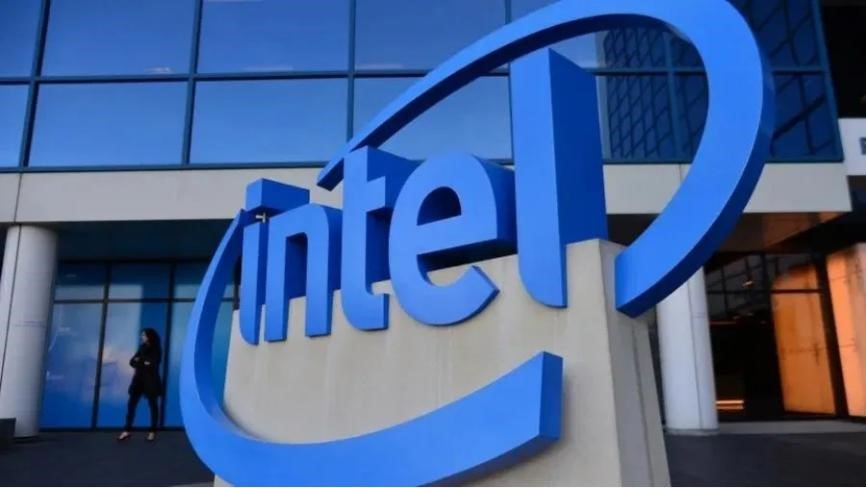Financial losses and countermeasures:
According to the latest financial report, Intel suffered a net loss of $1.6 billion in the second quarter of 2024, compared with a net profit of $1.5 billion in the same period last year, showing a significant turnaround from profit to loss. In response to this financial dilemma, Intel announced a major cost-cutting initiative to achieve $10 billion in cost savings by 2025, including the elimination of about 15,000 positions, or about 15% of its workforce.

Figure: Intel is in the throes of a transition period: losing money + laying off employees
The Need and Challenge of Transformation:
Intel CEO Pat · Gelsinger mentioned in a memo to employees that companies must align their cost structures with new operating models and fundamentally change the way they operate. He noted that the company's revenue has not grown as expected, in part because it has not fully benefited from strong trends such as AI, and that costs are too high and margins are too low. Therefore, transformation is imperative to increase competitiveness.
Transformation Initiatives and Future Outlook:
To achieve a leaner, simpler, and more flexible corporate structure, Intel plans to take a number of actions, including reducing operating costs, simplifying its product portfolio, eliminating complexity, reducing capital expenditures and other costs, and suspending dividends. At the same time, the company will continue to make key investments in process technology and core product areas to sustain growth.
The main differentiator from Intel's transformation strategy from its competitors is its comprehensive IDM 2.0 strategy, which marks the company's shift from a traditional PC business-centric to a data-centric one. Intel not only focuses on chip manufacturing itself, but also actively penetrates more links in the digital industry chain, providing comprehensive solutions including chips, IP, algorithms, etc.
Compared with some competitors, Intel's transformation strategy focuses more on the integration of internal capabilities and external resources. For example, Intel has strengthened its presence in FPGAs and autonomous driving through acquisitions of companies such as Altera and Mobileye. In addition, Intel is also actively deploying 5G edge computing technology, enhancing its capabilities in this area by acquiring Pivot Technology Solutions' Smart Edge business.
Intel's transformation is also reflected in its organizational structure and product roadmaps, such as the creation of new devices and IoT divisions, and the promotion of its position within the company. This transformation strategy requires Intel to build a greater sense of urgency and synergy internally to accommodate the lengthening and complexity of the technology-to-value transformation process.
At the same time, Intel's transformation strategy is also facing challenges from industry competition and market changes. Faced with fierce competition from competitors such as AMD, as well as rapid changes in markets such as smartphones and cloud computing, Intel needed to adapt to the new market environment. This includes planning layoffs to reduce costs and increase efficiency to strengthen its competitiveness and maintain its leadership position in the technology sector of the future.
Conclusion:
In summary, Intel's transformation strategy is a multi-dimensional and all-round strategic adjustment, aiming to respond to industry challenges and seize new growth opportunities through technological innovation, market expansion, and strategic transformation. It was a bold and necessary attempt. With the rapid development and fierce competition in the semiconductor industry, companies need to improve their competitiveness through structural adjustment and cost optimization. However, short-term pains from layoffs and financial losses are inevitable. This transformation will not only have an impact on Intel's internal workforce, but may also bring about changes to the competitive landscape of the industry.
Despite the pains of the transition period, Intel still has an opportunity to achieve its long-term strategic goals through a series of measures. We look forward to Intel finding new growth opportunities in this process and continuing to play an important role in the future semiconductor market."






